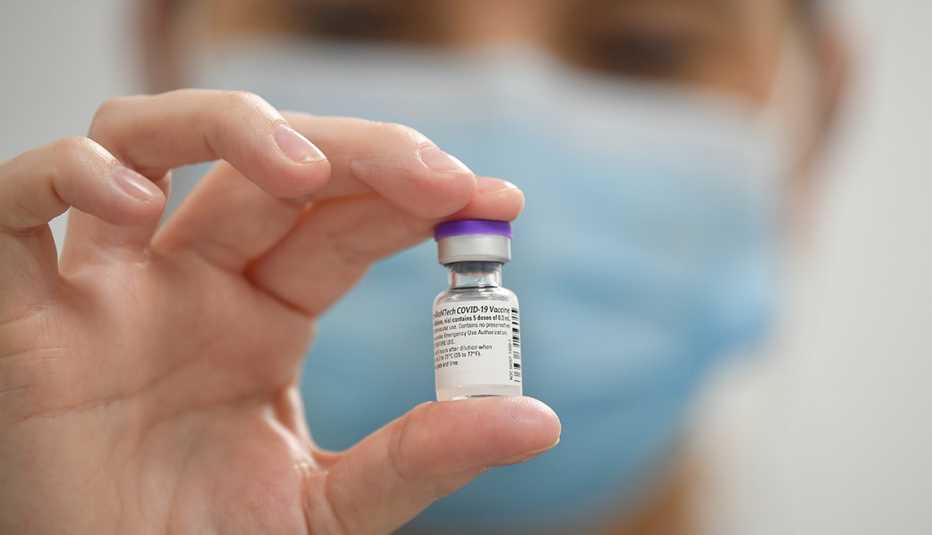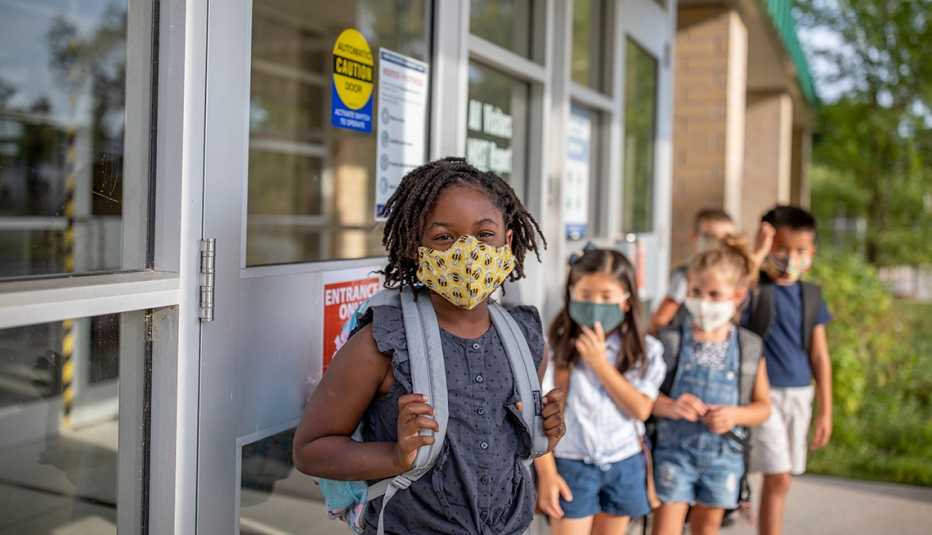A few things to note: The antibody levels recorded in the NIH study are just one measure of a successful vaccine. Cellular and B-cell immune responses — B-cells produce antibodies to fight infections — are still being analyzed, according to study coauthor Kirsten Lyke, M.D., a professor at the University of Maryland School of Medicine, which will provide more information on how well the various combinations protect against severe disease and the durability of that protection. Also, the Moderna booster is half the dose (50 micrograms) of shots one and two in the primary vaccine series, but a full dose was tested in the NIH booster study.
Health officials have not offered any guidance on which combination provides the best protection, but the CDC is expected to clarify mixing-and-matching advice soon. In the meantime, if you’re thinking of getting a booster that’s different from your original vaccine and have questions or concerns, talk to your doctor, Mohammad Sobhanie, M.D., an infectious disease expert at The Ohio State University Wexner Medical Center, told AARP.
“I think it's incredibly important that you have these conversations with your primary care physician so that they can give you the best advice out there based on your medical conditions,” he says.
No safety concerns have been identified
Mixing and matching products isn’t something that’s typically done in other vaccine series, Gandhi says. Then again, “usually we don't have this situation where suddenly there are multiple vaccines available for a pandemic,” she adds. “This is pretty new.”
That said, it does appear safe. There were “no significant safety concerns identified” within the time frame of the NIH study, Lyke told the FDA’s advisers. And side effects reported mirrored the flu-like symptoms many feel after the shots in a homologous series — fatigue, headache, chills and muscle aches were among the most common.
What’s more, studies conducted in the U.K., along with real-world data, don’t point to any new worries — “another reassuring issue,” Weisfuse says.
Mixing up the vaccines for the booster dose could also diminish the risk of rare side effects linked to the vaccines, including myocarditis in young men given the mRNA vaccines and blood clots with low platelets in women under 50 with the J&J or AstraZeneca vaccine. By offering high-risk individuals a booster shot that’s different from the original, “you would hope that you would maybe decrease the rate of both,” Gandhi says.
Mix and match could bring a few other benefits
Vaccine supply in the U.S. isn’t as pressing an issue now, compared to the beginning phases of vaccine rollout. But availability of all three vaccines can still be limited in some areas, and allowing for booster flexibility makes it easier for Americans to get that extra shot and for health care providers to administer it.
Another plus: Mixing and matching could lead to lower transmission rates around the country. That’s because if you have higher antibody levels — as was seen when J&J was boosted with either Pfizer or Moderna — you’re less likely to get a mild breakthrough infection and pass the virus on to others, says Gandhi, who adds that getting unvaccinated people vaccinated is still the number one step to reducing community transmission.
Rachel Nania writes about health care and health policy for AARP. Previously she was a reporter and editor for WTOP Radio in Washington, D.C. A recipient of a Gracie Award and a regional Edward R. Murrow Award, she also participated in a dementia fellowship with the National Press Foundation.




































































